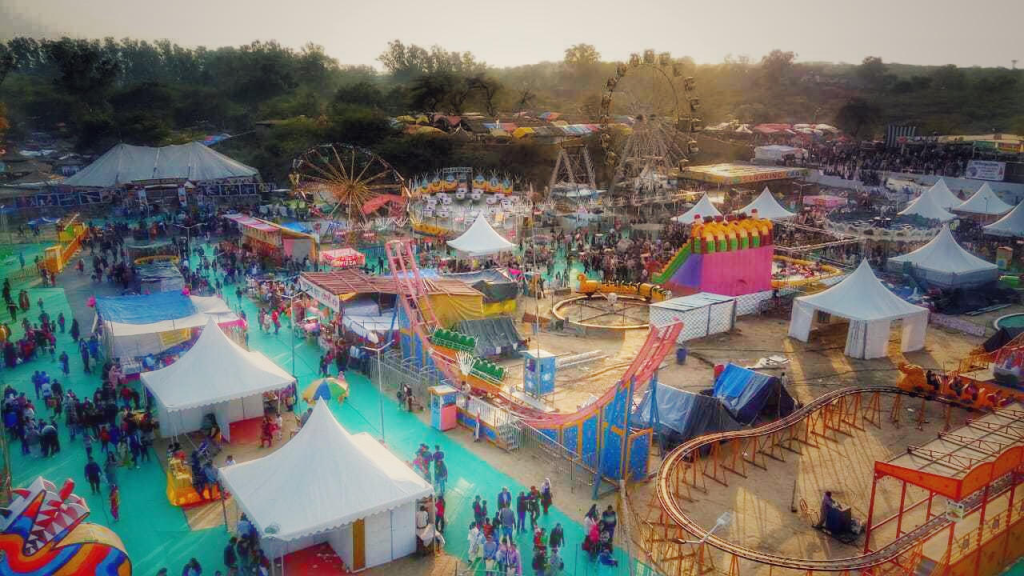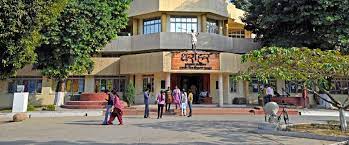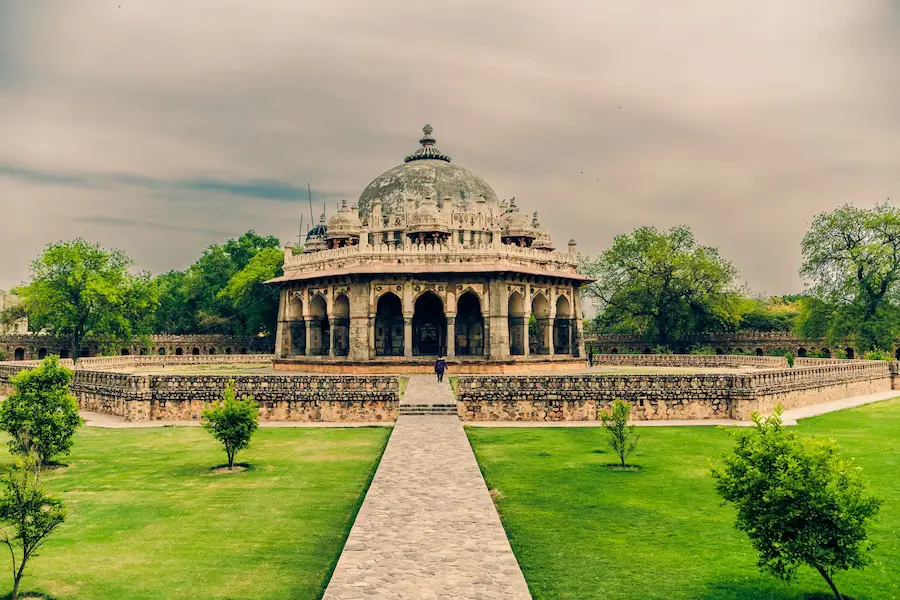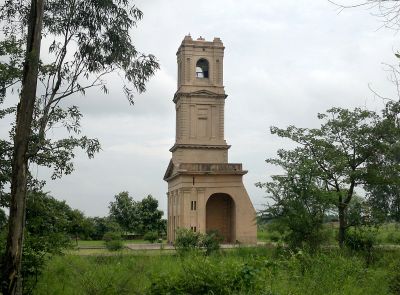Spiritual Places

Collection Items
-
Gurukul, Jhajjar Museum Museum
It is the biggest museum in Haryana. The committed and passionate effort of Swami Omanand Saraswati in collecting antiques from various parts of the country brought this museum into being in 1959. The huge museum has antique coins and beautiful variety of idols.
The major attractions are idols of Panchwati’s deer statue (referring to Sita’s kidnapping), Lord Vishnu, and Lord Ganesha. Meticulously and tactfully made wooden chain with no joints and a unique ‘flexible’ stone are worth-seeing.
-
Pandvas Bhimeshwari Goddess
According to a legend, the idol of the goddess was installed by Bhima, one of the Pandavas. Before Mahabharata battle, Bhima wanted to have blessings of Kuldevi. Yudhishthira and Bhima went to Hinglay Mountain (now in Pakistan) and prayed Kuldevi to move to the battle field and bless them with victory. The Kuldevi accepted the plea with the condition that Bhima will not drop her down on the way from the his lap and if he does so, she will go no further from that place.
While on way Bhima placed the idol of Goddess under the Beri tree and as per the condition, Kuldevi remained there. Unfortunately Bhima had to go to Kurukshetra battle only with blessings of Kuldevi. After 18 days of the war, a marvellous temple was built here
-
Braham Sarovar
Braham Sarovar, as the name suggests, is associated with Lord Brahma, the creator of the Universe. Taking dip in holy water of sarover during Solar Eclipse is considered equal to the merits of performing thousands of Asvamedha Yajnas. According to Local Legends this tank was first excavated by King Kuru the ancestor of Kauravs & Pandavas. Having seen its huge water body Abul-Fazl the courtier of Mughal emperor Akbar during solar eclipse has described the vast water body of this sarovar as miniature Sea. According to the local tradition a tower was erected by Yudhistar in the island situated in the middle of sarovar as a token of his victory in the Mahabharta battle. In the same island complex lies a ancient Draupadi kupa. The shrine of Lord Shiva located on the northern bank of the sarovar is called Sarveshwar Mahadev. According to the tradition, the Shiva Linga was installed here by Lord Brahma himself. Annual Gita Jyanti celebrations is held on banks of bramsarover in November-December. Many devotees consider one prikarma of this tank equal to making one visit to all the tirth lying within the holy circuit of Kurukshetra 48 Kos. -
Ramrai
Located on Jind-Hansi road, 8 kms. west of Jind, Ramrai is also known with another name, Ramaharda.It is said that Kshatriyas were annihilated, so Parsurama propitiated his ancestors by filling five pools with the blood of slaughtered Kshatriya. Ample number of people bathe at Ramaharda ‘tirtha’ and Sanet ‘tirtha’. Many people come to worship Parsurama at his old temple.
-
Topiyon Wala Gurudwara
The place is equally interesting as its name. The Gurudwara has a unique combination of Hinduism and Sikhism. Interestingly, Shri Guru Granth Saheb and Ramayana are recited together at this Gurudwara
-
Kalander Shah Tomb
The well-sculptured grave is made of marble. The tomb was built by Ghias-ud-din, Emperor of Delhi, in the memory of Bo-Ali-Qualander Shah, a famous Muslim savant and sage, who influenced the thinking of his age and was very widely respected by all communities. One can see a mosque and a reservoir with fountains built by Emperor Alamgir.
-
Miran Sahib Tomb
As the legend goes, he was responsible for rescuing a Brahmin girl from the clutches of a Raja in a pitched battle. The tomb is situated towards the extreme south of the tow
-
Bhishma Kund, Narkatari
nother place that bears a connection with the great epic Mahabharata, this is the place where it is believed that Pitamaha Bhishma lay watching the famous battle after Arjun, created a bed of arrows for him.
There is a legend attached to this water tank. It says that, when Bhishma lay on his bed of arrows, he felt thirsty and asked for water. To fulfil his desire, Arjuna immediately shot an arrow into the ground and let loose a stream of gushing water. This is how the Bhishma Kund is believed to come into existence. -
Gurudawara Mastgarh
The principal mosque of the city was said to have been built by the Mughal emperor Shah Jahan in 1630. It was converted into a Gurudwara by demolishing its minarets, hoisting the Nishan Sahib (Sikh flag) over it and installing Guru Granth Sahib inside it. The domes and mehrab remained intact. It was given the name Gurdwara Mastgarh.
Collection Tree
- Explore Haryana
- Spiritual Places

















